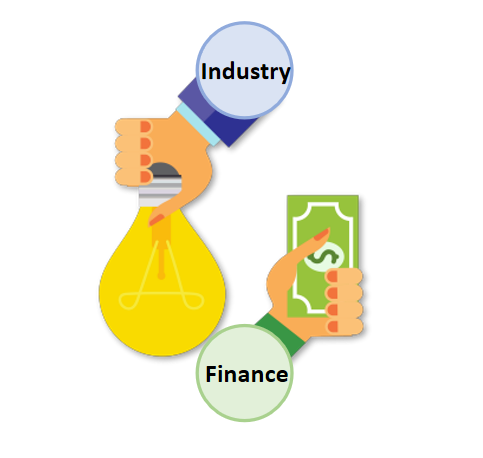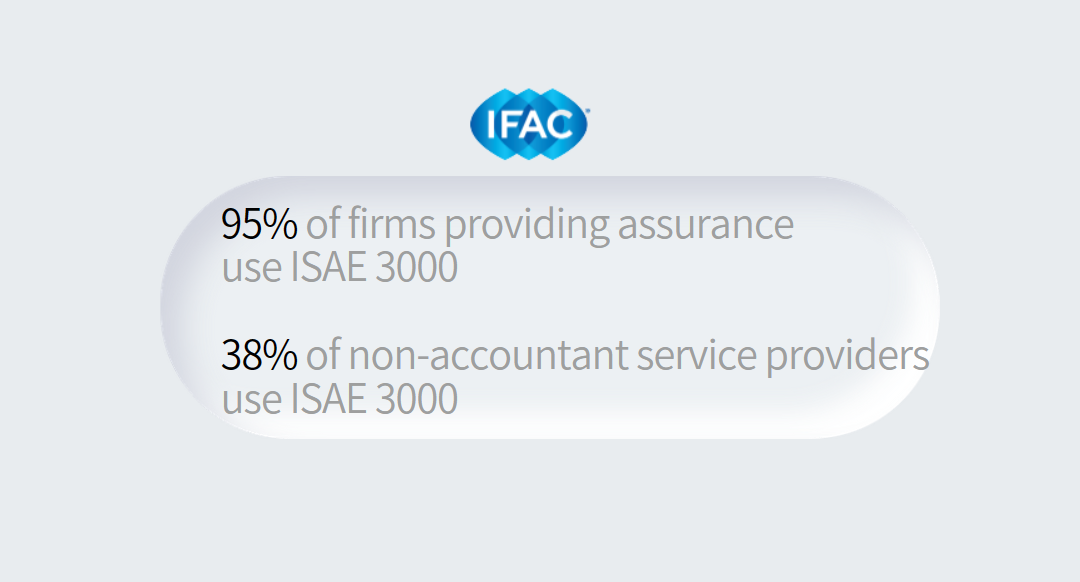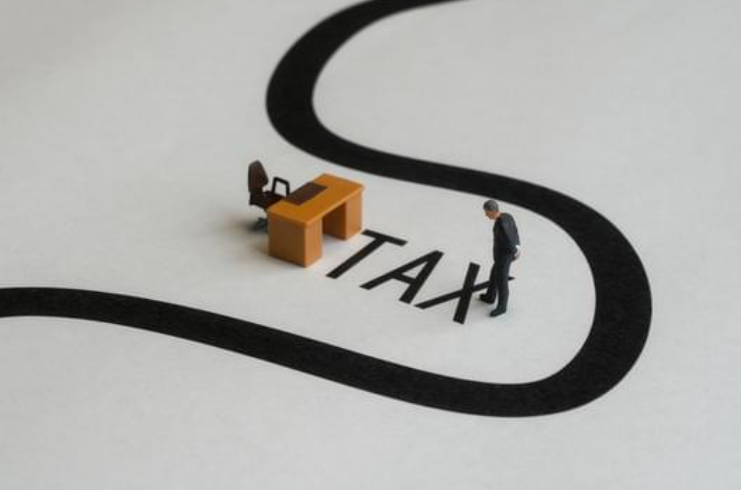Progress seen on building of green BRI
China has made significant progress in developing a green Belt and Road Initiative over the past 10 years as it forges ahead with its own green transition, officials said at a roundtable in Beijing on Wednesday.
This year marks the 10th anniversary of the launch of the BRI. Adhering to its vision of building a community with a shared future for humanity, China has made great efforts to promote green and low-carbon development in developing nations and the building of a clean and beautiful world, said Huang Runqiu, minister of ecology and environment.
Addressing the Roundtable on BRI Green Development and the General Assembly of BRI International Green Development Coalition, Huang noted the progress the country has made in making BRI greener.
More than 150 partners from 43 countries have joined the coalition since it was launched in April 2019, he said. To date, the coalition has hosted 51 events, including those on green development and innovation, and compiled more than 20 studies.
China also launched a BRI big data service platform for eco-environmental protection in 2019, he said.
With five sub-platforms, including the Green Supply Chain Platform, the program will provide environmental data support to countries involved in the BRI, including environmental protection concepts, laws, regulations and standards, environmental policies and management measures, technical exchanges and industry cooperation.
He said that to date, China has offered training programs to over 3,000 management and technical personnel in the environment and climate sector for over 120 developing states.
Huang also stressed China's great contributions to the world with its sweeping, historic and transformative changes in environmental protection work.
"In the past 10 years, China has managed to fuel an average annual economic growth of 6 percent, with an average annual energy consumption growth of 3 percent," he said. "The country's carbon dioxide emissions per unit of GDP dropped by around 35 percent, which is equivalent to cutting about 3.7 billion metric tons of carbon dioxide emissions."
In 2022, the installed capacity for renewable energy in China reached 1.2 billion kilowatts, overtaking that for coal-fired power for the first time in a historic catch-up, Huang continued.
The minister vowed consistent efforts from China to promote a green BRI.
Focusing on cooperation over green energy and green finance, China will continuously support BRI countries in efforts to integrate into the global green industry chain and value chain, and to beef up their capabilities in promoting green investment and financing, he said.
China will also keep sharing with BRI countries its philosophy on green development and solutions in synergizing pollution control and the reduction of carbon dioxide emissions, he said.
Recalling the role of the ancient land and maritime silk roads to allow nations to "not only trade goods, but culture, knowledge and practices with one another", Grace Fu Hai Yien, Singapore's minister for sustainability and the environment, looks forward to seeing the BRI play a role in promoting green development.
Over the past decade, the BRI has strengthened people-to-people connectivity and formed greater integration between regions, she said. More than 140 countries are involved in the initiative, with over $200 billion invested in projects.
Against the backdrop that the climate crisis has become more urgent than ever, she called for countries to band together to take action to mitigate carbon emissions drastically. It is important for participating countries to leverage the BRI to develop and scale clean energy, and invest in carbon sequestration solutions, Fu noted.
"The BRI has the potential to champion environmental protection and climate action alongside socioeconomic development," she said.























































First, please LoginComment After ~